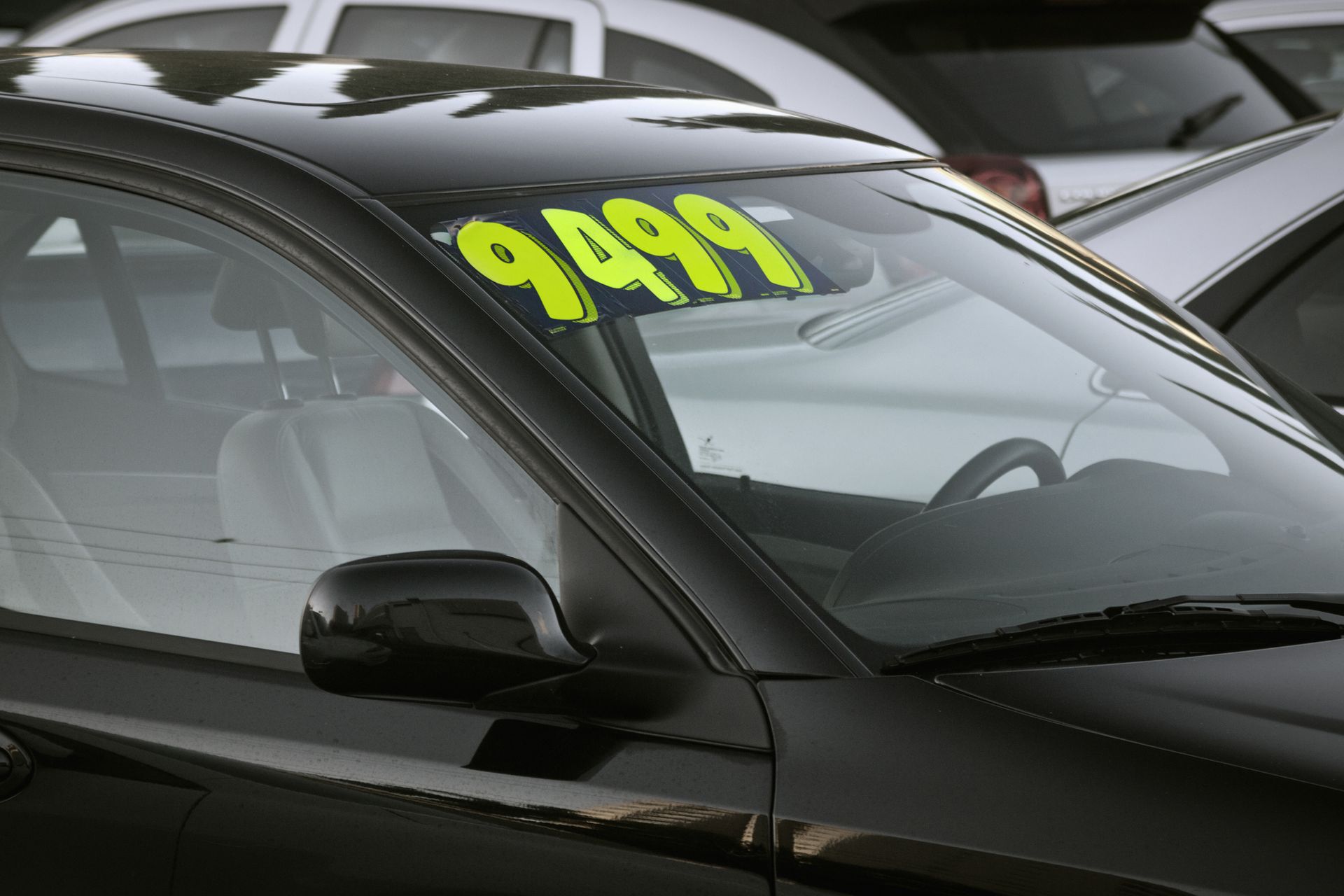By Ben Demers
Published 11 May 2023
Car buyers received unexpected news yesterday regarding used car prices. The April Consumer Price Index report revealed that used vehicles are becoming more expensive again after a consistent decline since July 2022. Below, we break down what has occurred and what potential buyers can expect moving forward.
The Used Car Price Rollercoaster
In June 2021, used cars had surged to such an extent that they comprised a third of the year-on-year inflation rate. Pandemic-related supply disruptions, coupled with misjudgments regarding customer demand, led manufacturers to struggle in procuring parts and chips for new vehicles. Consequently, this resulted in a dwindling supply and soaring prices in the used car market.
However, as pandemic restrictions eased and supply chains normalized, the used car market began to stabilize. Prior to the recent CPI report, Kelley Blue Book indicated that used car prices had been on the decline for several months. This drop was attributed to an influx of new cars into the market, which eased the supply of used vehicles, and consumers who continued to spend despite ongoing inflationary pressures.
The Sudden Spike – What Comes Next
This nine-month period of stable pricing was interrupted by the April CPI report, indicating that used car prices rose by 4.4% month-over-month. This sudden uptick can be attributed to several factors.
In February, it was reported that auto wholesaler Mannheim saw a 4% increase in its average wholesale used car price, a change that would inevitably reach individual car buyers. CPI data often takes time to reflect such shifts, which manifested in the April statistics.
Moreover, experts suggested that dealers were likely to stockpile used cars at the beginning of April, coinciding with the issuance of millions of tax refunds to American consumers. Predictions indicated that prices would likely decrease again shortly thereafter as tax refunds diminished post-Tax Day.
Indeed, Kelley Blue Book later indicated a decline in wholesale used car prices in late April, forecasting that “retail prices are likely to fall once the pricier cars have all sold.” This transition could take a month or more.
This downward trend in prices implies that used car inflation may recede in subsequent CPI reports. Buyers currently in the market are encouraged to monitor prices closely, as these wholesale reductions likely trickle down to consumer pricing as we approach summer.
How to Save on Used Cars
Regardless of market dynamics or average prices, car buyers can enhance their chances of finding favorable used car deals with the following tips:
- Consider purchasing smaller vehicles offering better fuel economy, as well as less-premium electric options like the Chevrolet Bolt and Nissan Leaf.
- Avoid leasing agreements that impose strict mileage limits, which can inflate prices on late-model used cars.
- Assess the reliability and popularity of your potential purchase using credible sources such as Consumer Reports or Autotrader.
- Look for vehicles that are 2 to 3 years old, as they have typically undergone the majority of their depreciation.
- Explore newer models with higher mileage, such as well-maintained used rental cars that are often priced lower.
- Consider all-digital used car platforms that perform meticulous vehicle inspections and offer competitive pricing due to their lack of traditional dealership overhead.
In conclusion, staying informed about market trends and being strategic in your approach can significantly help buyers navigate the complexities of the used car market.




